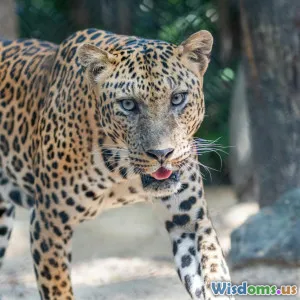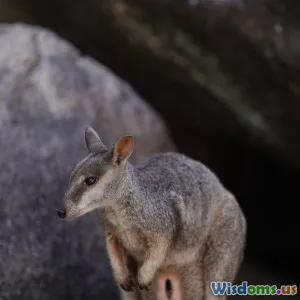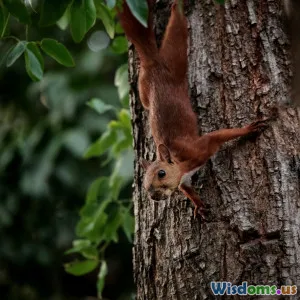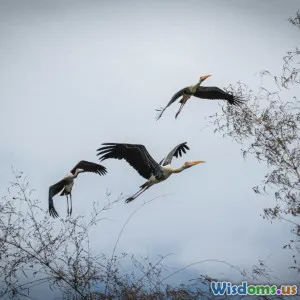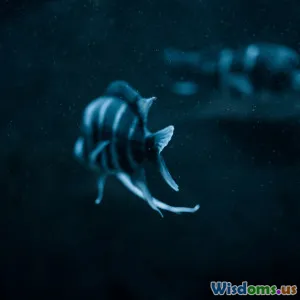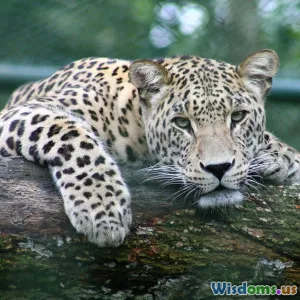
How Zoos Are Saving the Amur Leopard
16 min read Discover how zoos contribute to saving the critically endangered Amur leopard through breeding, research, and global conservation partnerships. (0 Reviews)
How Zoos Are Saving the Amur Leopard
With a coat as beautiful as it is rare, the Amur leopard stands as a symbol of both the magnificence of the wild and the vulnerability brought on by human impact. While the forests of Eastern Russia and the mountainous regions of northern China once rang with the calls of this elusive cat, today it is one of the most critically endangered big cats on Earth. Incredibly, zoos around the globe are now pivotal allies in the fight for the Amur leopard’s survival. Their efforts extend far beyond simple exhibition—encompassing sophisticated breeding programs, cutting-edge genetic research, public engagement initiatives, and collaborative rewilding projects. Through bold strategies and international cooperation, zoos are lighting a beacon of hope for this iconic species and the future of biodiversity.
Breeding Programs: Safeguarding a Fragile Gene Pool
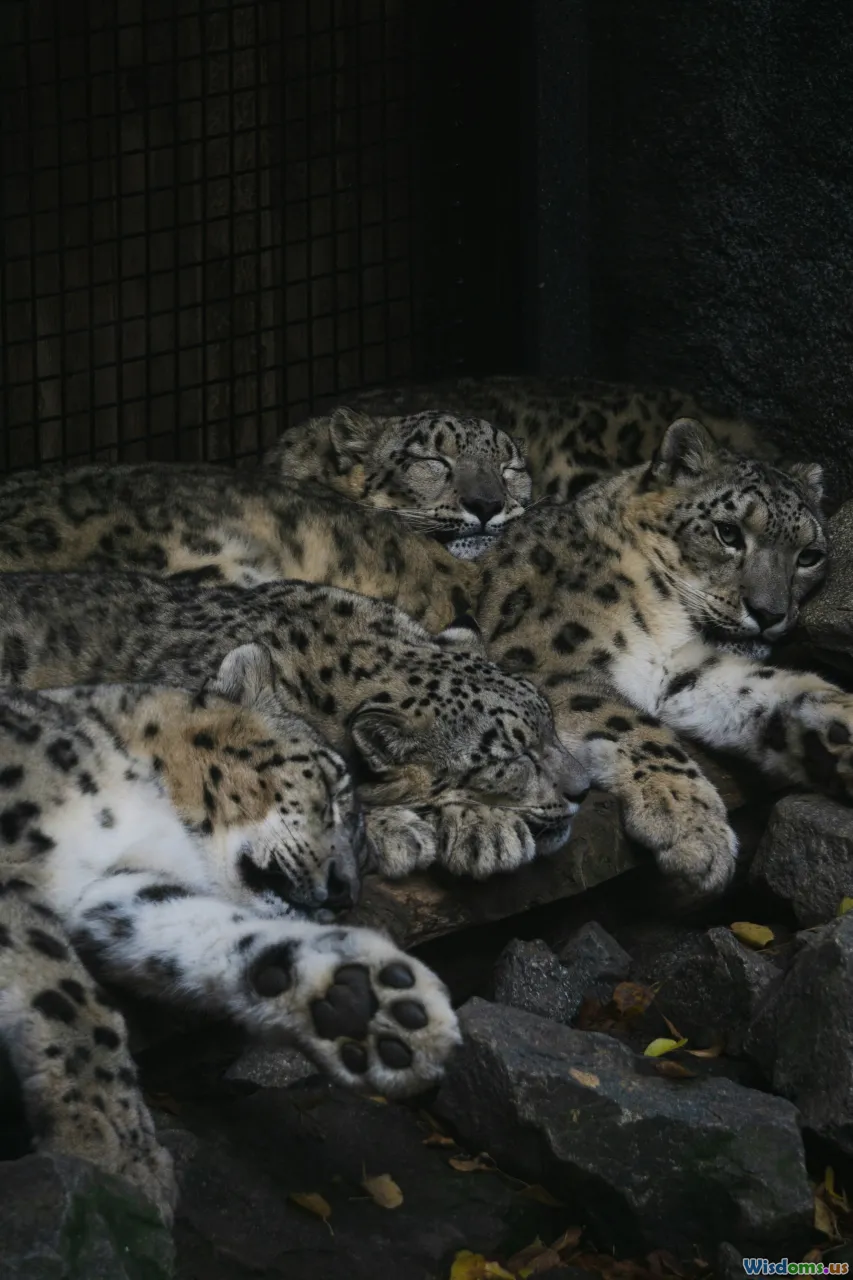
The Amur leopard once roamed across a vast expanse of Northeast Asia, but habitat loss, illegal hunting, and prey depletion have decimated populations. Alarmingly, by the early 2000s, fewer than 40 individuals remained in the wild. Such tiny numbers threaten doom by increasing the risks of inbreeding and genetic bottleneck—a situation where genetic diversity is slashed, leading to health and fertility issues.
Zoos worldwide have launched captive breeding programs precisely to counteract these dangers. Their strategy involves maintaining a managed population with the highest possible genetic diversity. Programs like the European Endangered Species Programme (EEP) and Association of Zoos and Aquariums (AZA) Species Survival Plan (SSP) meticulously track individual Amur leopards, analyzing their pedigrees to determine optimal matches for breeding. Software tools such as ZooStudbook and PopLink allow coordinators to assess the census, relatedness, and breeding value for each animal, minimizing the risk of inbreeding while maximizing genetic variety.
The results are encouraging: As of 2024, more than 200 Amur leopards thrive in accredited zoos across Europe, North America, and Asia. Each birth is momentous not just for the local institution but for the global population’s prospects. For example, the San Diego Zoo Wildlife Alliance celebrated twin births in 2023—an event that reverberated within the conservation community, given the immense value of every healthy cub.
Moreover, zoos implement rigorous veterinary monitoring. Ultrasound imaging, hormone testing, and genetic health screens have become regular features of reproductive care, ensuring that mothers and offspring are fit for both captive living and potential wild reintroduction—a far cry from passive holding tanks of the past.
Genetic Research: The Science of Survival
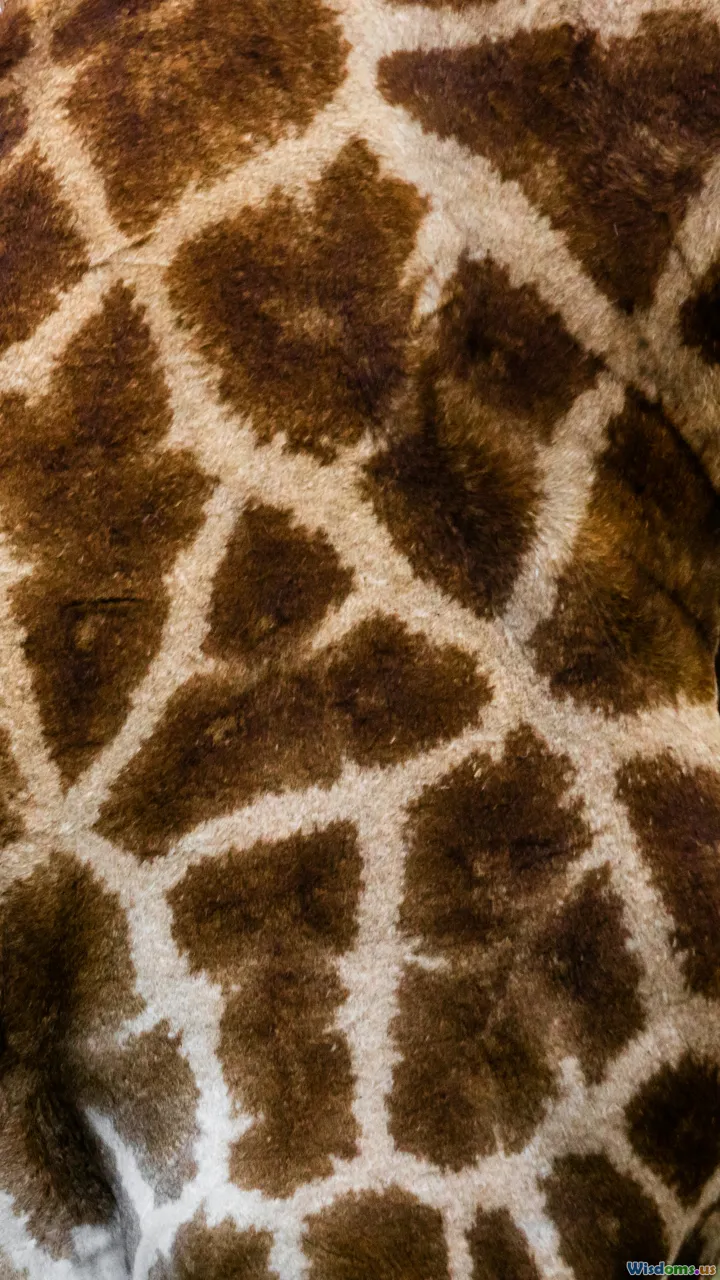
Conserving a species isn’t just about numbers—quality matters as much as quantity. Intensive genetic research underpins every decision in zoo conservation, informing which individuals are most valuable for breeding and which should ultimately contribute to future wild populations.
Zoos collaborate with universities and conservation NGOs, implementing advanced DNA analysis to map relatedness across the regional and global captive populations. For instance, institutions like the Moscow Zoo and Smithsonian Conservation Biology Institute routinely collect blood, saliva, and hair samples from their leopards. By decoding their genomes, researchers can identify genetic diseases, measure heterozygosity (genetic variability), and even pinpoint ancestral bloodlines lost in the wild but preserved in captivity.
Insights gleaned from these studies guide not only mating selections but also medical interventions. Genetic screening can foresee vulnerability to hereditary illnesses, making it possible to selectively mate resistant individuals. Additionally, cryobanks, such as the Frozen Ark project, store Amur leopard gametes—semen and eggs—against future emergencies or as potential sources for assisted reproductive technologies. In February 2024, a collaboration between UK and Japanese zoos resulted in the first successful in vitro fertilization (IVF) of Amur leopard embryos, paving the way for possible future surrogacy or gene editing interventions to combat disease.
The power of genetic research doesn’t end in the lab. It loops back to guide in-field conservation. For example, genotyping wild scats (droppings) can tell researchers how wild and captive leopards are related, tailoring releases to optimize gene flow and avoid disrupting the wild population’s unique identity.
Education and Public Engagement: Turning Spectators Into Conservationists

Historically, zoos were places where the public ogled exotic animals—but today, education and advocacy are taking center stage. Zoos have realized that protection starts with awareness, and fostering empathy can light the spark of action.
Modern zoos invest heavily in engaging exhibits, storytelling interpretives, and interactive education. Instead of passive cages, visitors may now find habitats mimicking the temperate forests of the Russian Far East. At Zurich Zoo, for example, a newly opened Amur leopard enclosure includes both panoramic glass and a digital learning center, where children can test their skill mimicking camouflage or listen to reconstructed leopard calls in the wild. Such initiatives contextualize the leopards’ struggle, making abstract conservation threats more tangible.
Crucially, zoos facilitate hands-on youth programs—summer camps, junior ranger initiatives, and ambassador schemes—that inspire a personal investment in wildlife protection. Meanwhile, partnerships with schools bring custom curricula into classrooms, ensuring that the story of the Amur leopard and broader biodiversity loss reaches new generations. Recent surveys by the Wildlife Conservation Society show that students participating in immersive zoo-led experiences retain conservation awareness and display greater willingness to support wildlife-friendly behavior at home.
Fundraising and public support are also key. Campaigns like @SaveAmurLeopards, led by the Wildlife Conservation Network and participating zoos, have rallied millions of dollars for anti-poaching patrols, habitat restoration, and in-situ reintroduction over the last five years. Merchandise sales, "adopt-an-animal" programs, and donation drives transform spectators into active partners in global conservation.
Reintroduction and Wildlife Reserves: Rebuilding Wild Populations
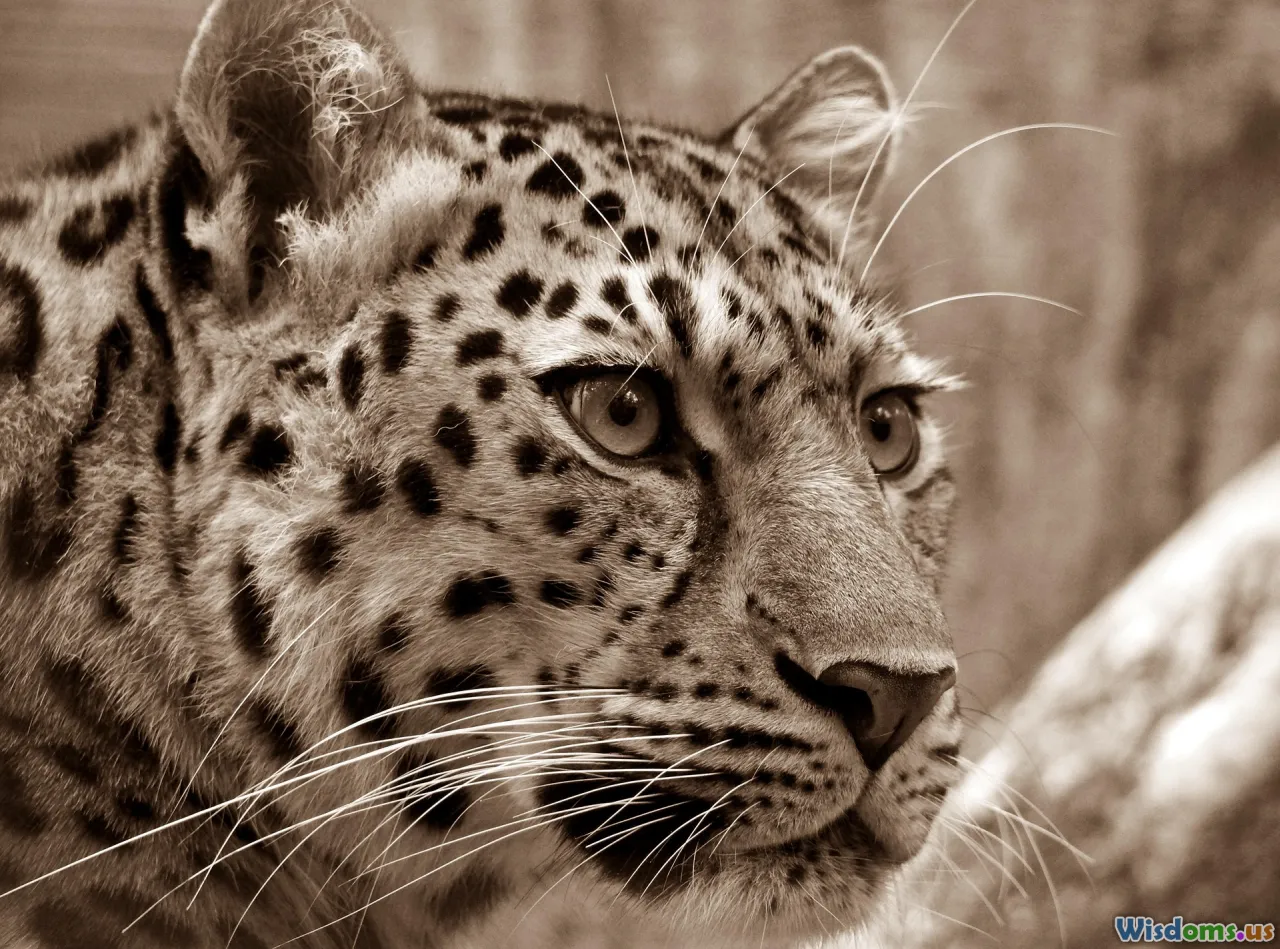
Ultimately, the goal is not to keep leopards behind glass—it's to recover thriving wild populations. Reintroduction—returning captive-bred animals to their indigenous landscapes—is among the greatest challenges, but also the most exhilarating facet of modern zoo conservation strategy.
This process is painstaking. Not all captive-bred leopards are candidates: Selection relies on both genetics and behavior, with months (and sometimes years) of training in pre-release enclosures. Here, leopards learn vital survival skills—from hunting live prey to avoiding human contact. Zoos such as Germany’s Leipzig Zoo, in partnership with Russia’s Land of the Leopard National Park, have piloted acclimatization projects where young leopards are gradually exposed to the realities of the wild under close monitoring.
Once ready, leopards are fitted with GPS-radio collars for tracking, allowing biologists to monitor their movements, health, and interactions with established wild leopards. The Russian Far East’s reintroduction sites have already seen promising results: In 2023, two captive-reared females released by this program successfully gave birth in the wild, affirmation that breeding and training protocols are on target.
Problems persist. Conservationists must contend with human-wildlife conflict, poaching threats, and the challenge of creating ecological corridors between fragmented forest patches. This is where zoos’ collaborative spirit plays out. Through memoranda of understanding with governments and NGOs, zoos provide technical expertise, fundraising clout, and a steady flow of genetically robust candidates for release.
International Collaboration: Uniting for a Shared Cause

Saving the Amur leopard is a global enterprise. The world’s most revered zoos no longer function in isolation; instead, they form networks—sharing data, animals, research, and best practices across continents.
The Global Species Management Plan (GSMP) for the Amur leopard is a shining example. Administered by the World Association of Zoos and Aquariums, this coalition brings together more than 60 member organizations, spanning from the North Carolina Zoo (USA) to Tierpark Berlin (Germany) to Seoul Grand Park (South Korea). Annual GSMP summits align captive breeding targets, set research priorities, and ensure that the global captive population maintains maximum genetic integrity. Animal transfers between institutions are logistically complex, often requiring months of health certification, quarantine, and international compliance—but these moves prevent the emergence of inbred sub-populations and make the most of scarce genetic diversity.
Transnational collaboration also enables large-scale fundraising, public awareness campaigns, and joint training opportunities for young scientists in both ex-situ (zoo-based) and in-situ (field-based) conservation. In 2022, the joint International Amur Leopard Conservation Symposium—held virtually due to ongoing travel restrictions—brought together experts in genetics, ecology, animal husbandry, law enforcement, and community engagement, fostering creative new solutions and alliances.
Addressing Threats: From Anti-Poaching to Habitat Restoration
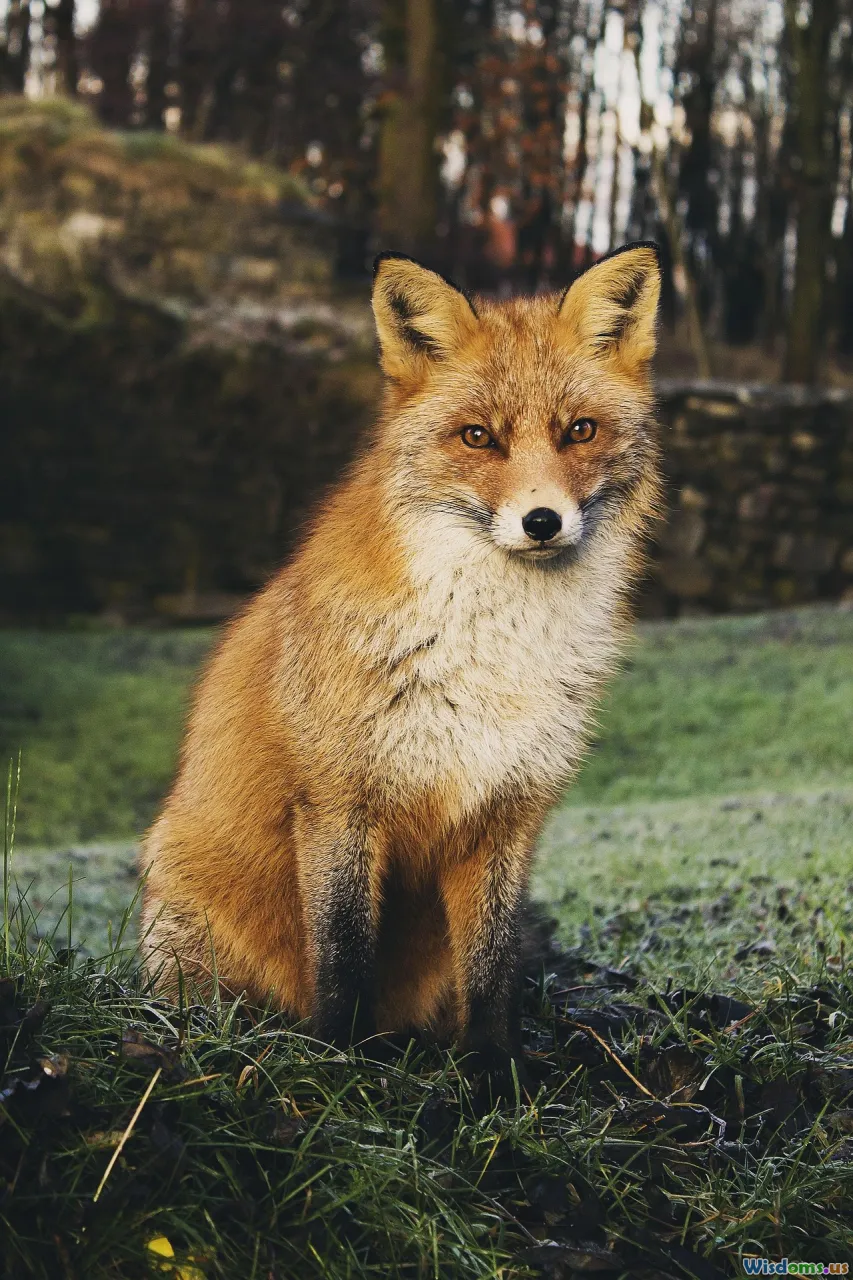
Nonetheless, zoos’ influence isn't limited to direct animal care or ex-situ populations. Financial resources, logistical expertise, and global reach allow zoos to support urgent fieldwork addressing the root causes of the Amur leopard's decline.
A primary focus is anti-poaching. In partnership with organizations like WWF and the Amur Leopard and Tiger Alliance (ALTA), many zoos fund and equip on-the-ground patrollers. Sumatran-trained anti-poaching dog units, camera traps, and satellite-linked reporting systems—initially trialed in zoos for security or research—now help Russian rangers monitor leopards and catch illegal hunters. For example, support from Chester Zoo in the UK and New York’s Bronx Zoo has enabled the installation of over 400 camera traps throughout key reserves, dramatically boosting the identification and prosecution of poachers.
Habitat restoration is equally vital. Zurich Zoo, among others, has invested in "rewilding credits"—directly financing the planting of Mongolian oak and Korean pine, crucial for supporting roe deer and sika deer, which are primary prey species for the Amur leopard. Creating and maintaining wildlife corridors—strips of forest that connect isolated populations—ensures that both genetic flow and species expansion can occur in tandem with infrastructure development in Russia and China.
Additionally, zoos contribute to community livelihood programs: providing alternative income sources for local residents, supporting sustainable forestry initiatives, and running education centers that disperse conflict-resolution strategies, reducing incidents of retaliatory carnivore killings.
Lessons Learned and the Road Ahead
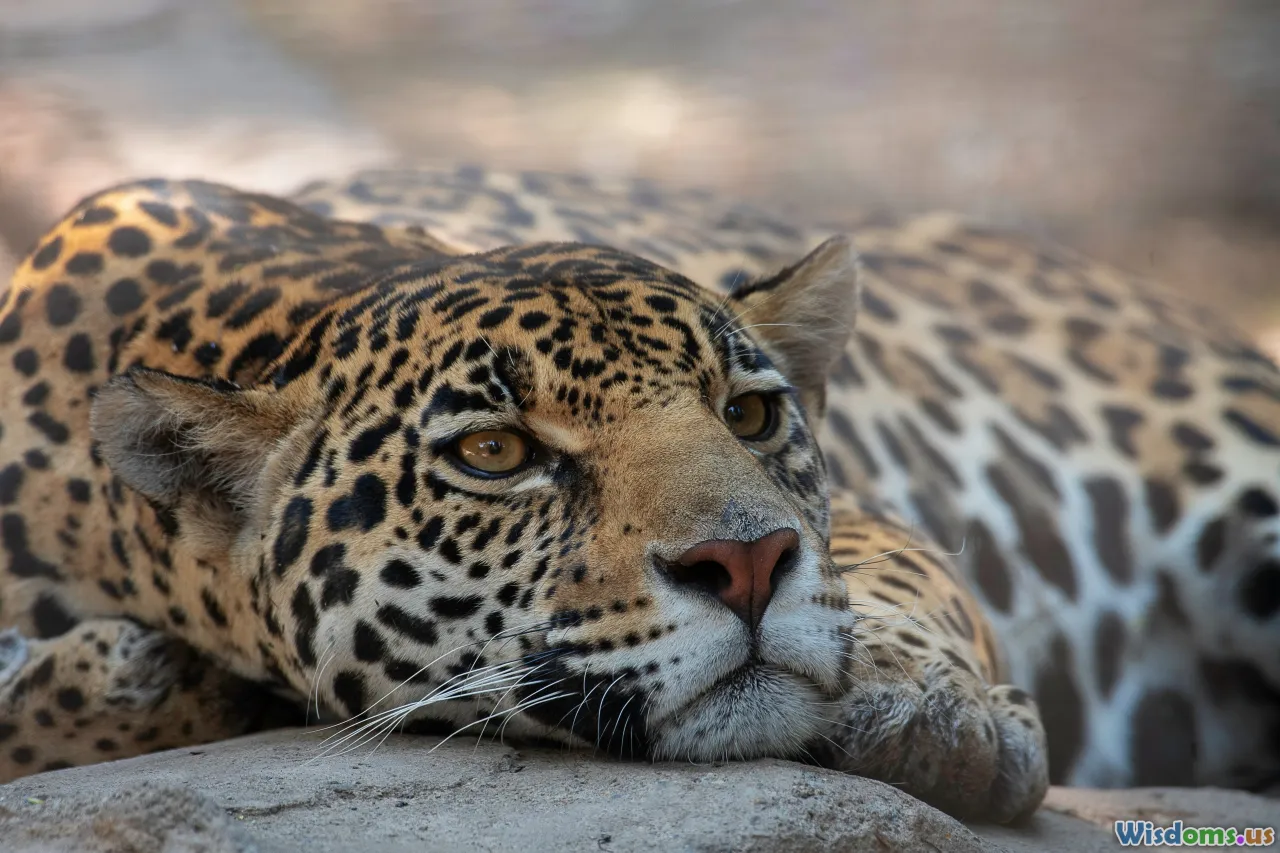
The story of the Amur leopard is not yet finished, but recent years offer ample reason for hope. Wild numbers, once perilously low, are on the rise—current estimates suggest more than 120 individuals roam protected areas across Primorsky Krai and, in recent years, have begun to recolonize stretches of China’s Jilin Province, thanks largely to reintroduction and corridor-building efforts steered and supported by zoos.
Conservation is never static. Breeding targets must adapt continuously to new scientific findings. Public education must innovate to satisfy shifting attention spans and technological landscapes. Partnerships must weather shifting political winds, economic shocks, and unforeseen blights (like the COVID-19 pandemic, which put much fieldwork and fundraising on hiatus).
Yet the vision remains steadfast: a future where Amur leopards are not icons of vanishing wilderness but standard bearers of what global determination can accomplish. For the families visiting the shaded boardwalks of Zurich, the students learning across electronic classrooms in Boston, and the scientists huddled around microscopes from Moscow to Minneapolis, the Amur leopard's leap from the brink of extinction is a legacy of hope—a testament to the power of shared purpose.
Rate the Post
User Reviews
Popular Posts











